
Join 10k+ people to get notified about new posts, news and tips.
Do not worry we don't spam!

Post by : Anis Farhan
Exercise is a form of controlled stress on the body. Workouts, especially intense or high-volume sessions, create microscopic damage to muscles, deplete energy stores, and trigger inflammation. Recovery is the process by which the body repairs, adapts, and grows stronger. Without adequate recovery, performance stagnates, fatigue accumulates, and injury risk increases.
Modern recovery strategies combine traditional methods—like rest, hydration, and nutrition—with technology to optimize results. Recovery tech accelerates healing, monitors progress, and provides insights tailored to individual needs.
Wearable technology has moved beyond step counters and heart rate monitors. Today’s devices track physiological markers that indicate recovery status and readiness to train.
Heart Rate Variability (HRV) Monitors: HRV is a strong indicator of stress and recovery. Devices like WHOOP and Oura Ring track HRV, sleep, and strain to guide training intensity.
Muscle Oxygen Sensors: Tools like MOXY monitor oxygen saturation in muscles, helping athletes determine readiness and prevent overtraining.
Smart Compression Wear: Advanced garments apply graduated pressure to reduce swelling and improve circulation, speeding recovery.
By providing objective metrics, wearables help athletes make informed decisions, ensuring workouts are productive rather than detrimental.
Cryotherapy, or cold therapy, has gained popularity as a recovery hack for reducing inflammation, soreness, and fatigue.
Whole-Body Cryo Chambers: Short exposures to sub-zero temperatures can reduce muscle soreness and accelerate recovery.
Localized Cryotherapy: Targeted cooling of injured or fatigued areas minimizes inflammation and promotes tissue repair.
Ice Baths: The traditional method remains effective, with immersion in cold water lowering muscle temperature and reducing delayed onset muscle soreness (DOMS).
While cryotherapy isn’t a magic solution, integrating cold exposure into recovery routines can complement other recovery modalities.
Compression therapy improves blood flow, reduces swelling, and aids in the removal of metabolic waste from muscles.
Compression Boots: Inflatable boots provide rhythmic pressure to stimulate circulation.
Compression Sleeves & Socks: These garments reduce muscle vibration during activity and enhance post-exercise recovery.
Active Compression Devices: Some devices combine compression with massage-like movements for deeper tissue recovery.
Compression is particularly beneficial for endurance athletes, strength trainers, and individuals engaging in frequent, high-intensity workouts.
Manual and device-assisted massage therapies are now integrated into daily recovery routines.
Percussive Massage Guns: Devices like Theragun deliver rapid pulses to relax muscle tissue and improve blood flow.
Foam Rollers & Vibrating Rollers: Self-myofascial release tools help break up adhesions, improve mobility, and reduce soreness.
Automated Massage Chairs: High-tech chairs target multiple muscle groups with precision.
Massage tech enhances recovery by reducing stiffness, promoting nutrient delivery, and accelerating tissue repair.
Electrostimulation uses electrical impulses to stimulate muscles, promoting blood flow, reducing soreness, and aiding repair.
Low-Level Electrical Stimulation: Used post-workout to activate blood circulation without heavy exertion.
Neuromuscular Electrical Stimulation (NMES): Helps maintain muscle mass during periods of inactivity or injury.
Pain Management: EMS devices reduce discomfort and muscle tightness, enabling quicker return to training.
EMS and NMES are increasingly used in elite sports and rehabilitation programs due to their efficiency and convenience.
Nutrition is a cornerstone of recovery, and AI tools are now making it more personalized and precise.
Recovery Meal Planning Apps: AI evaluates workout intensity, duration, and personal goals to suggest nutrient-rich meals.
Protein Optimization Tools: Recommend the right type and timing of protein to maximize muscle repair.
Hydration Trackers: Monitor fluid loss during training and suggest optimal rehydration strategies.
Combining technology with nutrition ensures that the body receives what it needs when it needs it, enhancing recovery speed and quality.
Sleep is when most recovery processes occur. Technology now allows users to track and optimize sleep patterns.
Smart Sleep Trackers: Devices like Fitbit or Oura Ring monitor sleep stages, HRV, and body temperature.
AI Sleep Coaching: Apps provide personalized recommendations for bedtime routines, lighting, and temperature.
Optimized Sleep Environments: Smart beds and climate-controlled rooms improve sleep quality, directly affecting recovery.
Quality sleep enhances muscle repair, hormone balance, and mental focus, making it an indispensable recovery tool.
Water-based therapies are gaining attention for their effectiveness in recovery.
Contrast Baths: Alternating hot and cold water improves circulation and reduces soreness.
Hydro Massage Beds: Use water jets to provide massage-like stimulation.
Smart Pools & Recovery Pools: Track temperature, pressure, and duration for optimal recovery.
Hydrotherapy leverages the body’s response to temperature and pressure to speed healing and reduce fatigue.
Integrating multiple recovery modalities can yield the best results. A typical tech-enhanced post-workout recovery plan might include:
Immediate Post-Workout: Hydration, light stretching, and foam rolling.
Within 1 Hour: Nutrient-rich recovery meal or shake guided by AI meal planners.
Later in the Day: Cryotherapy or contrast therapy to reduce inflammation.
Evening: Compression therapy and sleep optimization for tissue repair.
Daily Monitoring: Wearables track HRV, strain, and readiness to guide future workouts.
Consistency and personalization are key—tech should complement, not replace, foundational recovery principles like rest, nutrition, and hydration.
Emerging trends suggest even greater integration of technology into recovery:
AI-Powered Personalized Recovery Plans: Platforms that analyze biometric data and adapt recovery strategies in real-time.
Wearable Muscle Sensors: Devices that monitor fatigue, lactic acid levels, and micro-tears in muscles.
Virtual Recovery Coaches: AI-driven guidance for recovery exercises, sleep, and nutrition.
Integration with AR/VR: Gamified recovery routines to enhance adherence and engagement.
As technology becomes smarter and more accessible, post-workout recovery will become increasingly precise, efficient, and enjoyable.
Post-workout recovery is as crucial as the training itself. The convergence of wearable devices, AI, cryotherapy, compression, and nutrition planning provides athletes and fitness enthusiasts with tools to accelerate healing, reduce soreness, and enhance performance. By leveraging these technologies alongside foundational recovery principles, individuals can achieve faster gains, prevent injuries, and optimize overall fitness.
In the evolving landscape of fitness, recovery tech isn’t just a luxury—it’s a necessity for anyone aiming to perform at their best consistently.
This article is for informational purposes only and does not constitute medical or professional advice. Readers should consult healthcare providers or fitness professionals before starting new recovery methods, using devices, or altering workout routines.

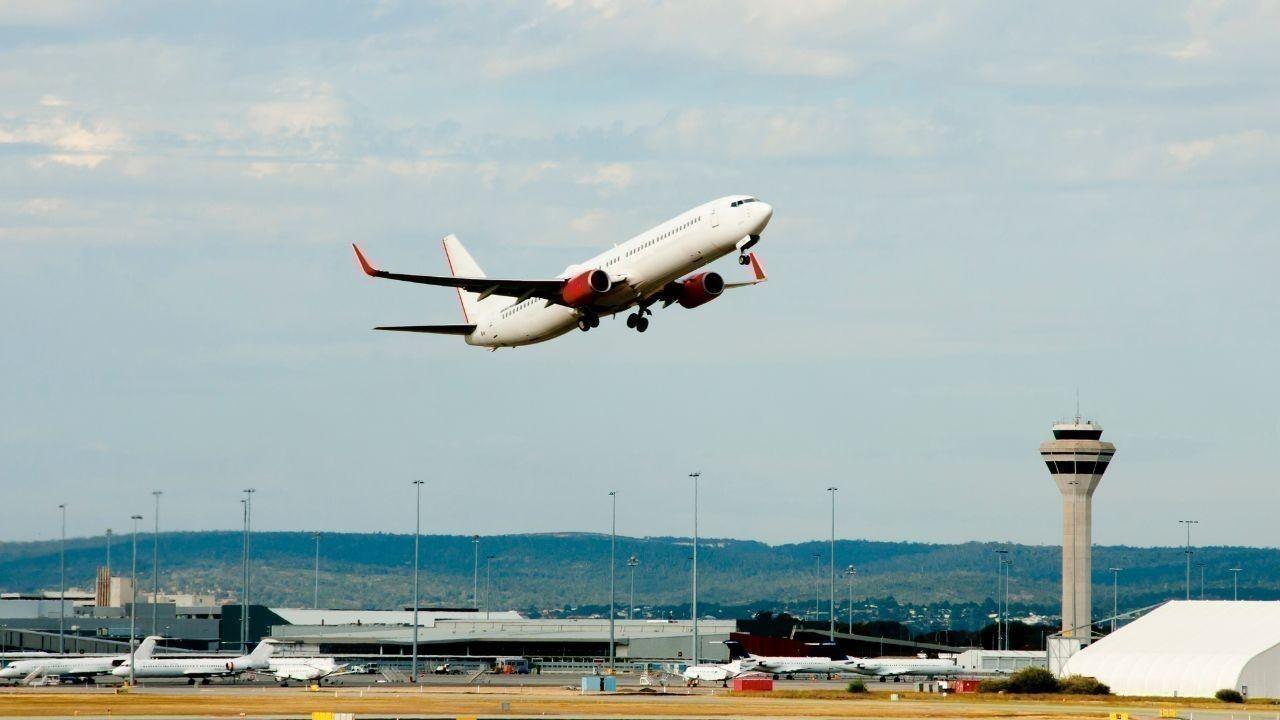



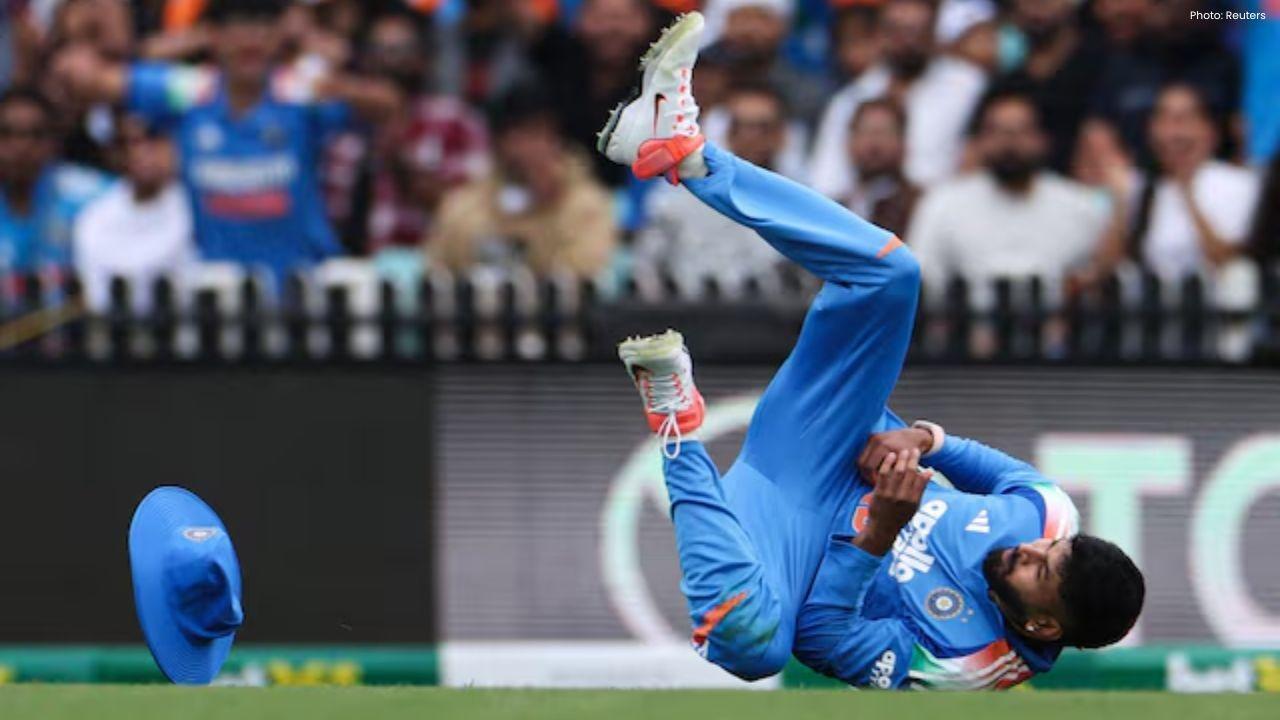

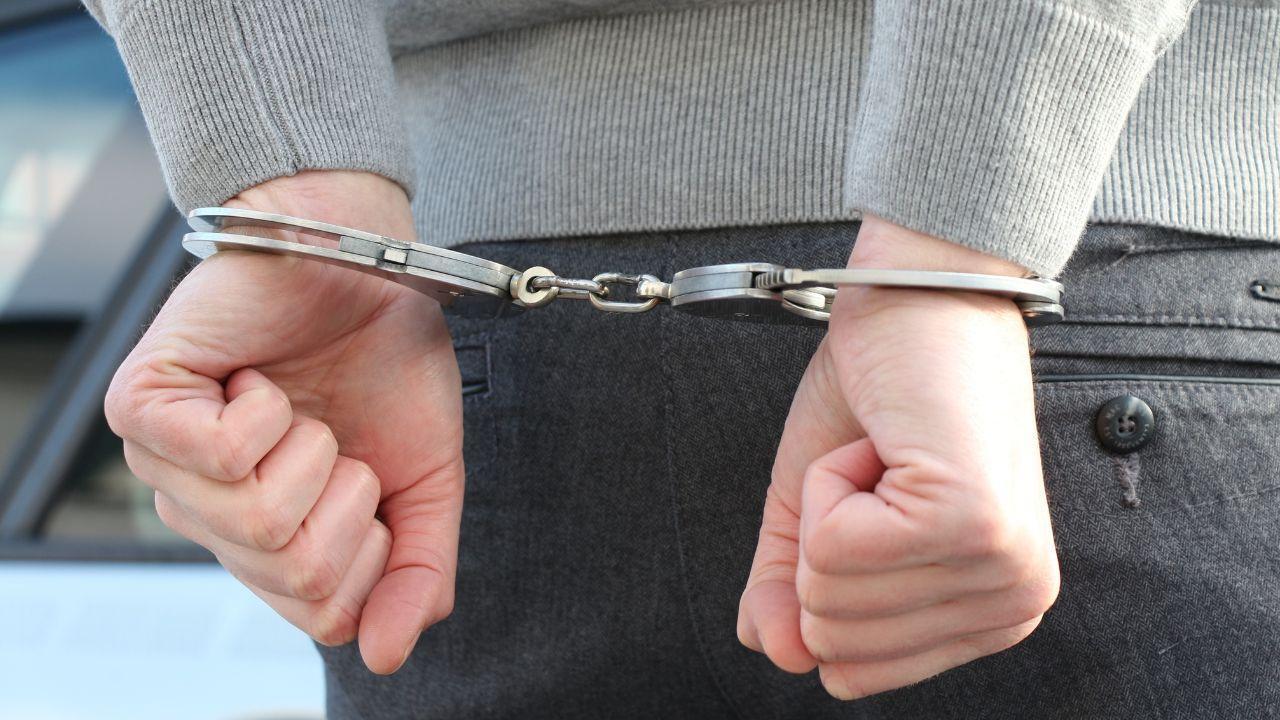


Manuel Frederick, 1972 Olympic Bronze Goalkeeper, Dies at 78
Manuel Frederick, a member of India’s 1972 Olympic bronze hockey team, has died in Bengaluru at 78 a

Muhammad Hamza Raja Wins IFBB Pro Card Puts Pakistan & UAE on Global Stage
Pakistani bodybuilder Muhammad Hamza Raja earns IFBB Pro Card in Czech Republic, showcasing Dubai’s

Shreyas Iyer’s Recovery Underway After Spleen Laceration in Sydney ODI
Shreyas Iyer is recovering after a spleen laceration sustained while taking a catch in the Sydney OD

Qatar Ready to Host FIFA U-17 World Cup 2025 in Aspire
Qatar confirms full readiness to host the FIFA U-17 World Cup 2025 from November 3–27, with world-cl
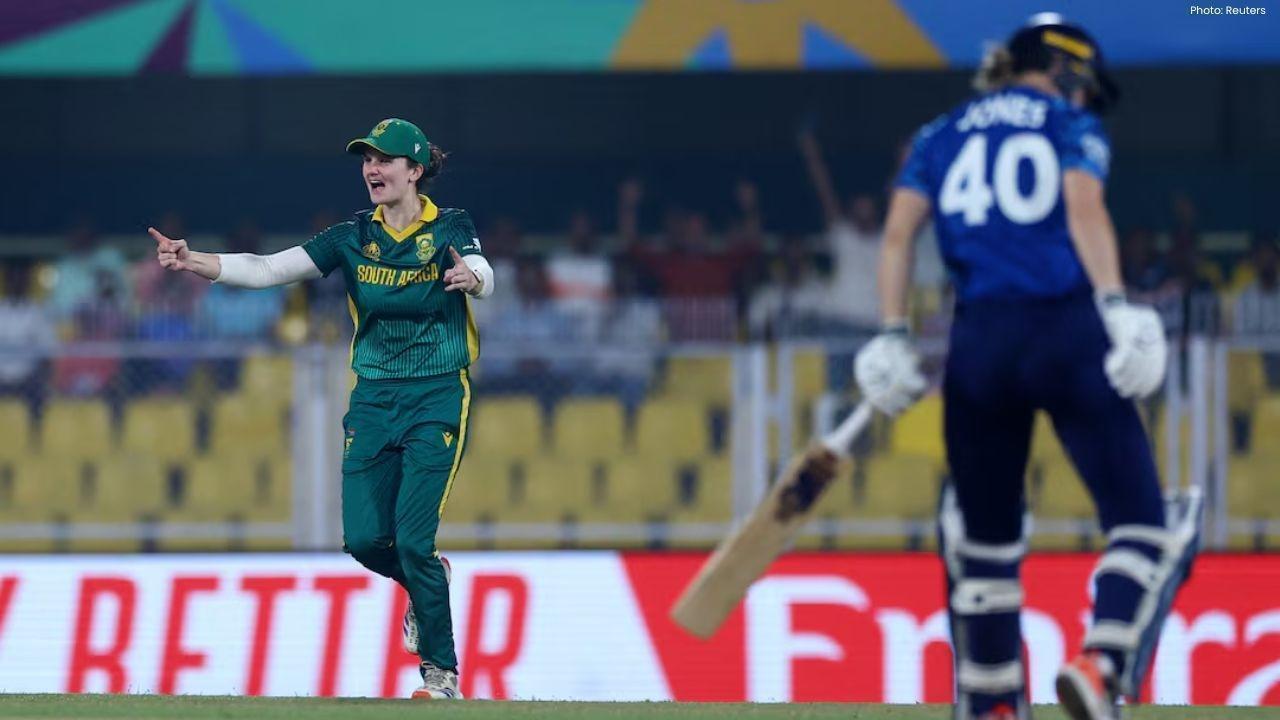
Wolvaardt’s 169 Sends South Africa Into Women’s World Cup Final
Laura Wolvaardt’s 169 powered South Africa to a 125-run semi-final win over England, booking a place
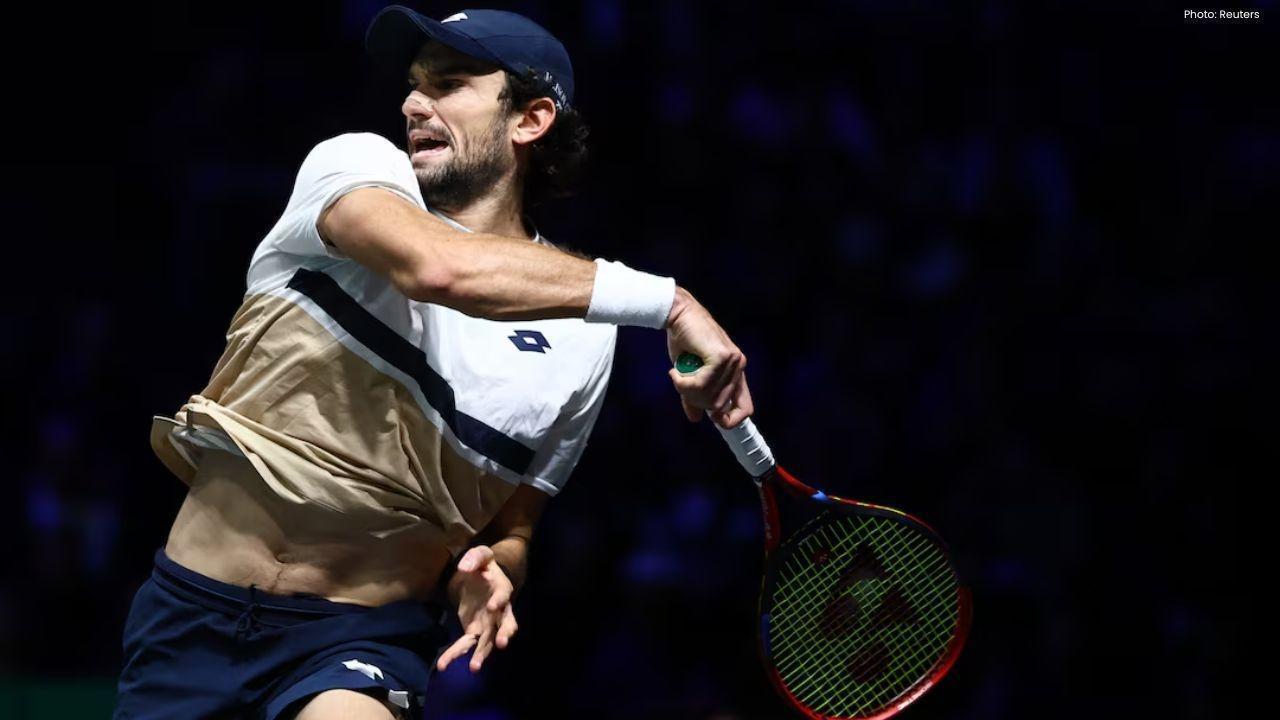
Vacherot Beats Cousin Rinderknech to Reach Paris Masters Last 16
Valentin Vacherot overcame cousin Arthur Rinderknech in three sets to secure a place in the Paris Ma